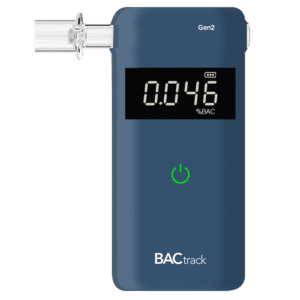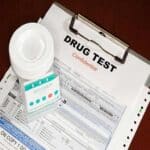At Home Drug Test: Effectiveness and the Options Available
13 February, 2024
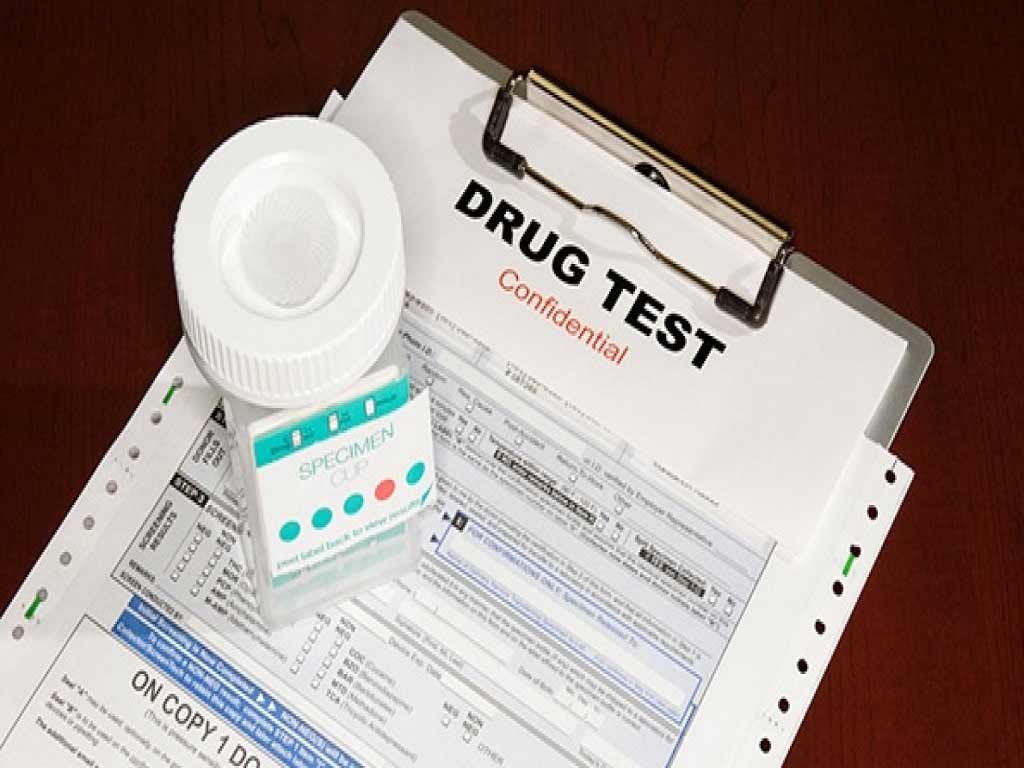
Drug use is a widespread issue that affects individuals and the community they are in. It is one of the leading causes of accidents and health problems. At-home drug tests offer a convenient way for individuals to monitor their surroundings. These testing tools are reliable in detecting a wide range of substances in a person. It comes in various options, including urine, saliva, and breath analysis. However, it may not always be as accurate as laboratory tests.
It is important to understand how drug test kits work to assess their effectiveness. There are many factors to consider when choosing a device, such as detection window, number of panels, and turnaround time of results. Therefore, it enables individuals, health professionals, and organisations to make informed decisions. In the comprehensive guide, we will explore the efficacy of home drug tests, the various testing options, and their advantages and features.
Jump to a Section:
- What Are At-Home Drug Tests?
- How Do At-Home Drug Tests Work?
- Accuracy and Reliability of At-Home Drug Tests
- Benefits of At-Home Drug Tests
- Urine At-Home Drug Tests
- Saliva At-Home Drug Tests
- At-Home Drug Test – Breathalysers for Alcohol Detection
- Are At-Home Drug Tests Covered by Insurance in Australia?
- Key Features of a Good At-Home Drug Test
- What to Consider When Buying an At-Home Drug Test Kit
What Are At-Home Drug Tests?
At-home drug tests are testing kits that individuals can use in the comfort of their homes. It has easy-to-use features, allowing them to detect the presence of drugs in their systems or family members. It is also often used in workplace settings as a cost-effective way to monitor substance use or impairment among employees.
These tests provide a convenient and discreet way for individuals to monitor their medication usage or to ensure a drug-free environment. Additionally, they are a convenient option for those seeking peace of mind or needing to verify their drug-free status. Depending on the type, the test kits come with a collection device and a compact apparatus to analyse the samples.
At-home testing can be beneficial for monitoring drug abuse. However, it is crucial to note that they may not be as reliable as laboratory testing. Factors like incorrect usage, expired devices, or attempts to manipulate the results can lead to inaccurate readings. Despite the limitations, they can still provide valuable and helpful insights regarding the substance use of individuals.
Substances Detected
- Tetrahydrocannabinol (THC): The psychoactive compound in marijuana.
- Cocaine: A powerful stimulant drug derived from the coca plant.
- Opiates: A drug class that relieves pain. However, they can be highly addictive. These include prescription painkillers like oxycodone and illicit drugs like heroin.
- Amphetamine: Stimulant drugs that affect the nervous system. They increase energy and focus.
- Benzodiazepine: A prescription drug used that slows down the nervous system and brain activity. It is used to treat anxiety disorders, insomnia, and seizures.
- Phencyclidine (PCP): A dissociative anaesthetic often used as a recreational drug.
- Ethanol: The intoxicating ingredient in alcoholic beverages (wines, beers, and distilled spirits).
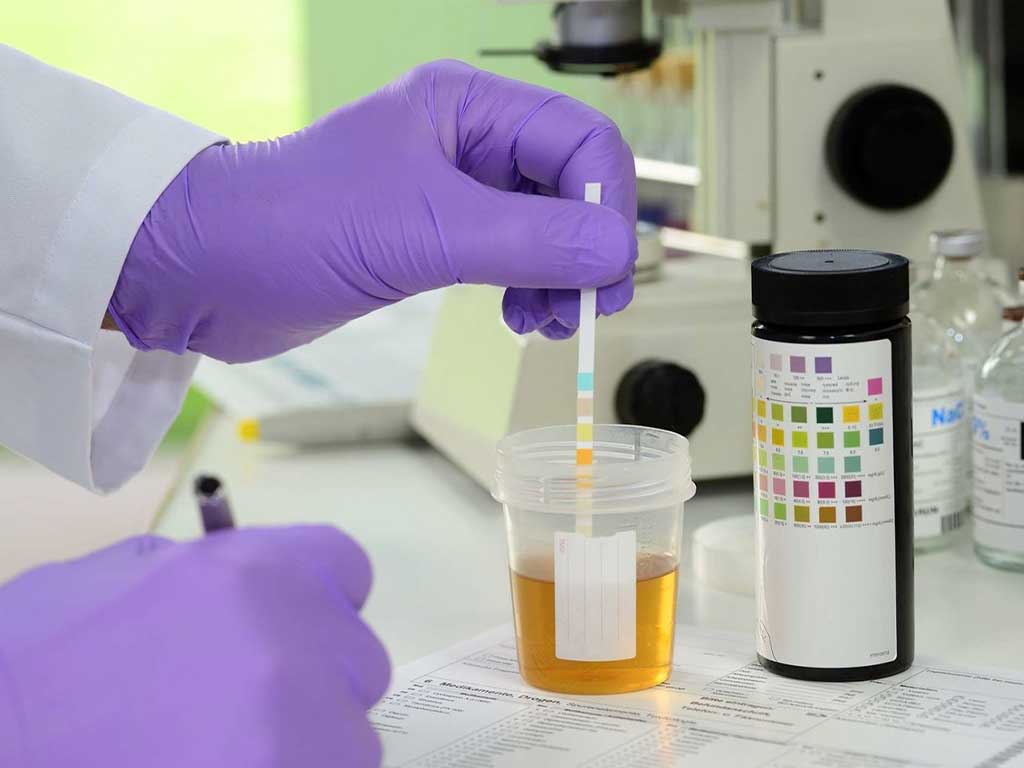
How Do At-Home Drug Tests Work?
At-home drug tests work mainly under the principle of a competitive binding assay. It is a technique that measures the interaction between a target molecule and a ligand. In this assay, the given molecules bind to the same site of the target protein. Hence, it can detect specific drugs or their metabolites in the sample.
When a specimen (such as saliva or urine) is applied to the test strip, any drugs present in the sample will bind to the antibodies, causing a visible reaction. It produces qualitative results like lines or colour changes. Depending on the test kit, a line or a colour change indicates a negative result. In contrast, the absence of a reaction indicates that a drug metabolite is present in the specimen.
Furthermore, this type of testing provides rapid results. Individuals can get the results within minutes after the sample collection. However, it is important to follow the instructions of the device to ensure the accuracy of the test. Also, they should follow the guidelines in interpreting the results. For instance, avoid reading the results after the prescribed period, as it may lead to unreliable outcomes.
Are They the Same as a Lab Test?
Home drug test kits are not the same as lab testing. While they both aim to detect illegal drugs, there are significant differences in terms of their precision. Firstly, home test kits rely on immunoassay technology. It can detect substances quickly and give qualitative outputs.
On the other hand, laboratory testing uses more sophisticated techniques such as Gas Chromatography-Mass Spectrometry (GC-MS) and Liquid Chromatography-Tandem Mass Spectrometry (LC-MS/MS). These methods provide a quantitative analysis of drug metabolites in the sample. Lab tests also have the advantage of being conducted by trained professionals in a controlled environment, reducing the risk of user error or tampering.
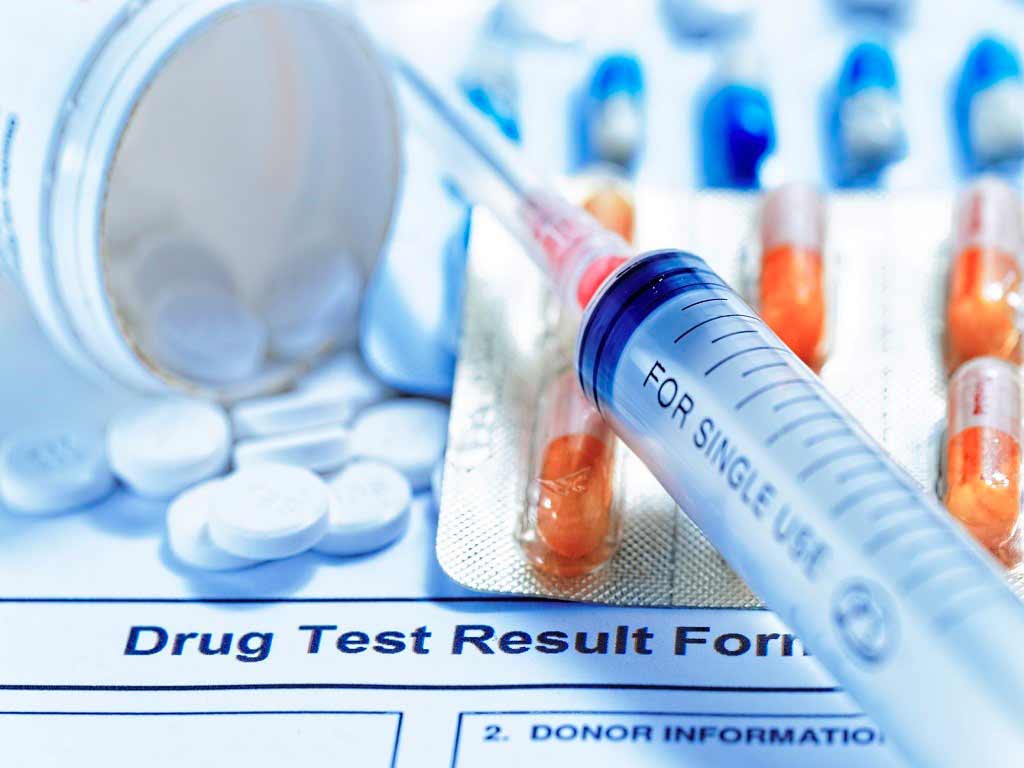
Accuracy and Reliability of At-Home Drug Tests
The accuracy of at-home drug tests can be a point of contention for some people. While some may argue that they are less precise than lab tests, they are generally reliable. Advanced technologies of today can provide accurate detection of substances. Certain security features of the test devices also reduce the risk of false results.
Nevertheless, it is essential to note that false positives or false negatives can still occur, even in laboratory analysis. Several factors can impact the accuracy of home drug testing, including the quality or sensitivity of the test kit, specimen collection and procedure, and the presence of certain prescribed or over-the-counter drugs.
Incorrect usage or user error can lead to inaccurate results. This is because there is a high probability of sample contamination or mishandling. Additionally, uncertified devices may not meet the same quality standards as lab tests. It is also important to consider that they may not be able to detect all types of drugs. Likewise, they may have limitations in detecting low levels of certain drug types.
How Long Can They Detect Drugs?
The length of time that home test kits can detect substances can vary depending on the type of sample and drugs. Different drugs have various elimination rates from the body, which can influence how long they are detectable in a specimen. Generally, a urine drug screen can detect substances for 24 hours to a few weeks.
In saliva testing, substances are detectable for a shorter period of 12 to 48 hours. On the other hand, the breath test typically traces alcohol consumption within the past 24 hours. Overall, the detection window depends on the amount of drug consumed and the frequency of use.

Benefits of At-Home Drug Tests
There are several benefits to using at-home drug tests. The first benefit is convenience. They provide individuals with a private option to test themselves without the need to visit a medical clinic or forensic laboratory. People can simply purchase a test kit and perform the test in the comfort of their homes.
Another benefit is its ability to provide immediate results. The test kits can deliver the results after a few minutes. Hence, it eliminates the need to wait for test results from a lab, which can take days. This is advantageous when getting rapid results is a priority, which can help individuals make decisions.
Moreover, they are cost-effective in screening for drugs. These tests are generally more affordable compared to laboratory testing. This makes them a more accessible option for individuals or organisations who may be on a tight budget. Lastly, it allows for regular monitoring of those under supervision or treatment for substance abuse. Companies can ensure a drug-free work environment without spending excessive amounts on frequent lab testing.
Main Applications
- Personal testing: Individuals may use it to monitor their medication use or screen common drugs of abuse for various purposes.
- Rehabilitation centres: Health professionals can use it to monitor the progress of recovery and ensure compliance of patients.
- Pre-employment screening: Employers use it to test job applicants for drug use.
- Workplace random testing: Random testing helps identify employees who are working under the influence of drugs and poses safety risks.
- Reasonable suspicion: A test for a suspected individual if they are using drugs.
- Post-incident testing: The test kits can rapidly determine if substance use is a factor that led to an accident.
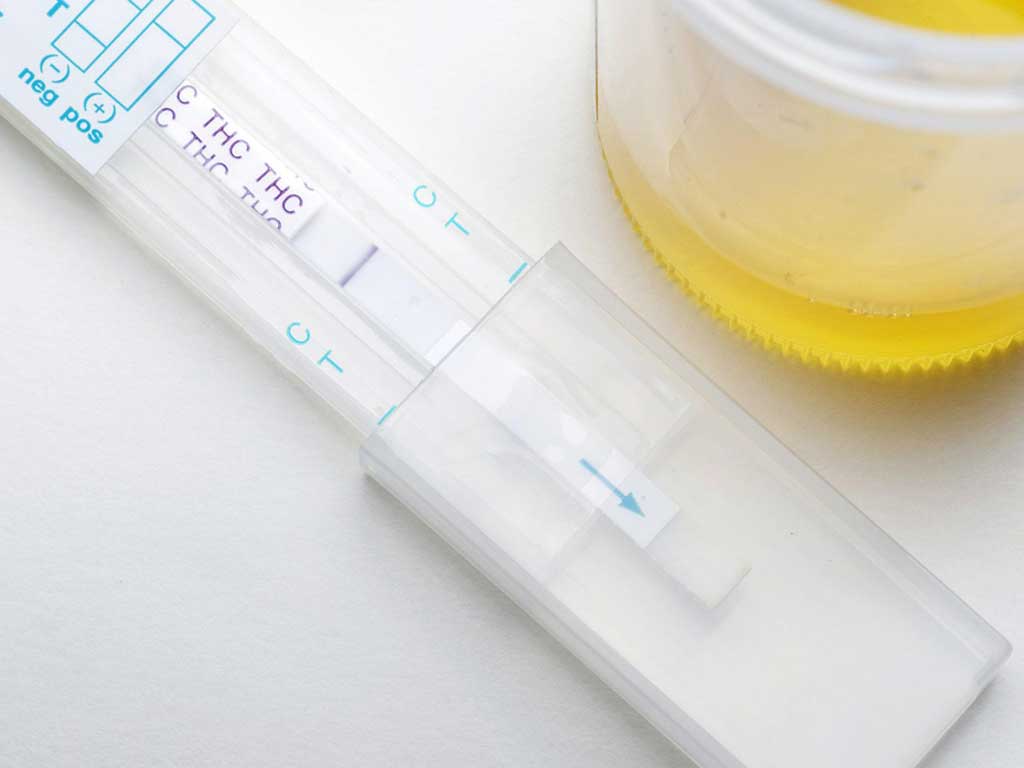
Urine At-Home Drug Tests
Urine at-home drug tests are one of the most prevalent types of testing methods. These tests can detect a wide range of substances from urine samples for a specified time frame. It is easy to administer and can provide rapid results. However, it is vital to note that a positive result does not necessarily mean current impairment.
There are various types of urine test kits available. One common type is the dipstick test. It involves dipping a test strip with chemical reagents into a urine sample. The reagents on the strip react to the presence of specific drugs. Another type is a cassette or tray test, wherein the specimen is placed into the device. This allows the reagents to interact with the urine and produce results.
Furthermore, individuals should take note of the factors that can impact the results. These include sample dilution, improper collection or handling, and cut-off levels. Not following the instructions for using the device may compromise the accuracy of the test. Moreover, different test kits can have different cut-off levels. It is the concentration of a drug to yield a positive result.
Advantages of Urine Drug Tests
Urine drug testing offers several advantages, making it a preferred method in various settings. Firstly, it is less invasive and provides quick results. Urine tests can detect both illicit drugs and prescription medications, making them versatile. Secondly, they have a wide detection window. This allows for a more comprehensive assessment of drug use.
Thirdly, urine tests are highly accurate and reliable. Urine is the most established matrix for Point-of-Care Testing (POCT). The test may also require a split sample for confirmation testing in a lab, further ensuring accuracy. Hence, it minimises the need to request a new specimen for laboratory confirmation.
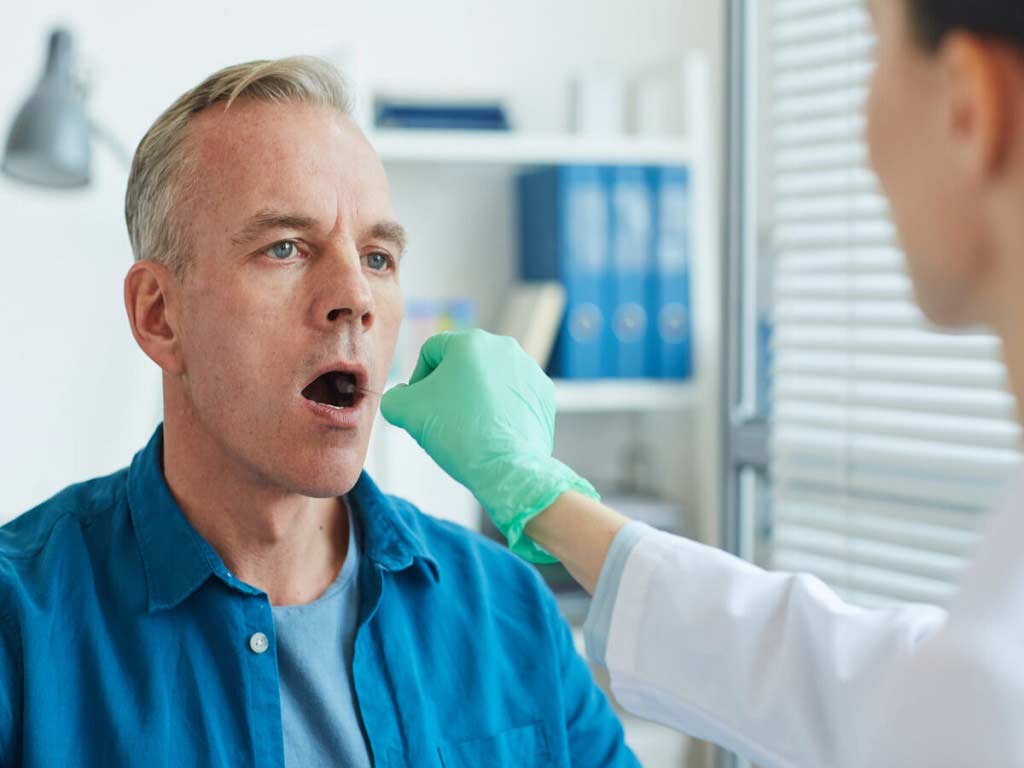
Saliva At-Home Drug Tests
Saliva at-home drug tests are a convenient and non-invasive way to detect substances in the system. These tests typically come with a collection swab, a testing device, and instructions for use. Drugs are detectable in oral fluids for shorter periods than urine. Hence, it is more suitable in situations where immediate detection of recent drug use is necessary.
To administer the test, the individual simply needs to place the swab in their mouth and brush it around their inner cheek and tongue. After getting an adequate amount of saliva, users place the swab into the testing device containing antibodies. Within minutes, it can display the results, allowing individuals to take appropriate actions.
An important consideration of saliva tests is they can detect a limited range of drugs than urine. Most kits test for commonly abused substances, including amphetamines, morphine, methamphetamine, benzodiazepines, cocaine and marijuana metabolites. It is also essential to follow the necessary preparations in taking the test, such as avoiding eating, drinking, or smoking for at least 10 minutes before the collection process.
Advantages of Saliva Drug Tests
Saliva tests offer several advantages that make them a valuable testing method in various situations. Firstly, they are non-invasive and convenient to use. A mouth swab is quick and painless. Unlike urine or blood tests, this option does not require a controlled environment to administer. Hence, it is easy to conduct on-the-spot inspections.
Secondly, saliva tests provide real-time results. Its short detection period can give evidence of recent use. It has an average window of 24 hours. This makes them ideal in post-incident or reasonable suspicion cases. Lastly, the sample collection can be done under the supervision of a professional, minimising the risk of tampering.
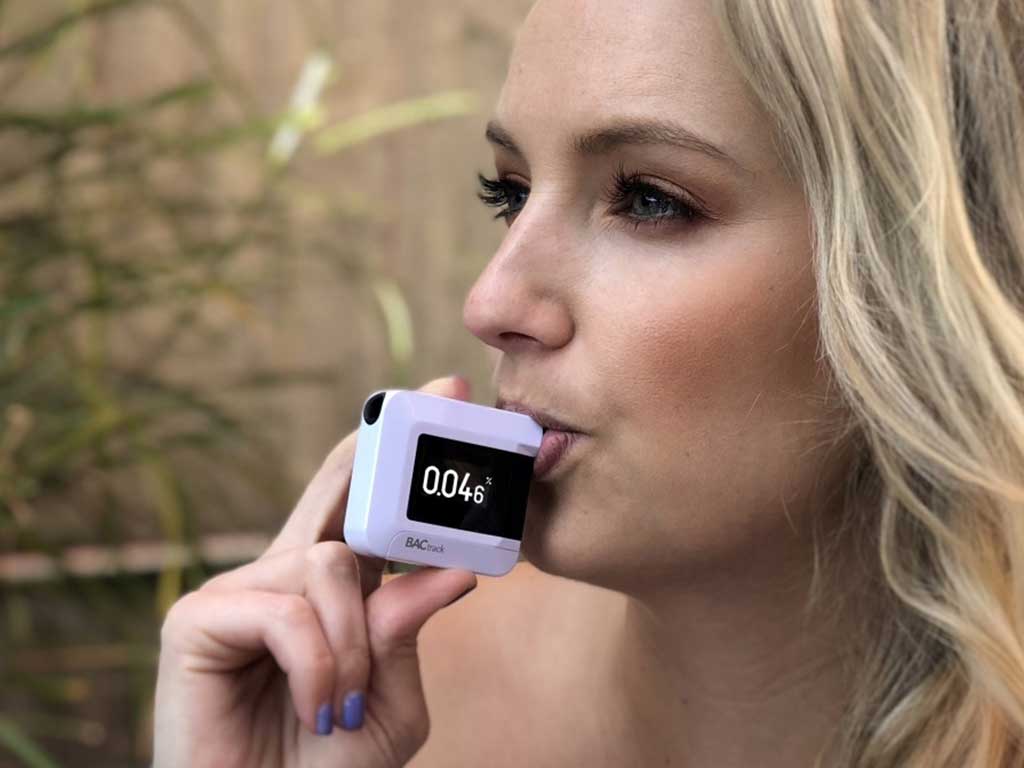
At-Home Drug Test – Breathalysers for Alcohol Detection
Another form of at-home drug test is the breathalyser for alcohol detection. The breathalyser is a portable electronic device that captures and examines the breath sample. It can detect alcohol molecules in the breath and measure the Blood Alcohol Concentration (BAC). Hence, it can determine the level of alcohol impairment within seconds.
This method can help individuals monitor their alcohol consumption or ensure they are sober before driving. It is also commonly used by police officers in roadside alcohol screening. If the BAC exceeds the legal limit, the person can face legal charges. Similarly, many employers use a breathalyser in the workplace for efficient alcohol monitoring.
Breathalysers use two main kinds of sensors, namely, semiconductor and fuel cell sensors. A semiconductor breathalyser is more affordable, making it ideal for personal use. However, it can pick up substances other than ethanol. Meanwhile, a fuel cell breathalyser is more specific to ethanol, providing more accurate results. Furthermore, using the device is relatively simple and straightforward. After turning it on, individuals blow into the mouthpiece and wait for the BAC results to show on the screen.
Advantages of Alcohol Breathalysers
- Breathalysers are a quick and non-invasive way to determine the blood alcohol level of a person.
- They are portable and easy to use, making them convenient and efficient for both personal and professional testing.
- Breathalysers can provide quantitative BAC data expressed in percentages. Thus, it eliminates the need for subjective interpretation of impairment.
- They can provide an immediate result, allowing individuals to make informed decisions. This makes it a reliable tool for determining if someone is fit to drive or operate machinery.
- Breathalysers do not require a trained professional to operate.
- They are cost-effective devices, allowing multiple retests.

Are At-Home Drug Tests Covered by Insurance in Australia?
In general, at-home drug tests are not covered by insurance in Australia. Most health insurance policies do not include coverage for the cost of purchasing drug testing kits or conducting drug tests at home. This is because they are considered to be a personal choice rather than a medical necessity. Additionally, insurance companies primarily focus on covering medical treatments and procedures for diagnosis, treatment, and manage medical conditions.
It is always recommended to check with a specific insurance provider to confirm their coverage policies. Some insurance plans may offer coverage for drug testing under certain circumstances. This may include if a healthcare professional prescribes the test or if individuals with substance use disorders seek treatment.
If a person requires drug testing for medical purposes, it is advisable to consult a professional or a medical laboratory. These providers can offer guidance on suitable testing options that some insurance policies may cover or are eligible for any reimbursement programs. Overall, it is important to review the insurance policy to understand what services and costs an individual may be responsible for.
Eligibility
The Australian government provides a public health insurance system known as Medicare. Most policies do not include home drug test kits for insurance because it is not deemed a medical need. However, eligibility may be possible if individuals can provide a letter of medical necessity from a healthcare provider.
The letter must be able to explain why a drug test is necessary, either on a one-time basis or routinely due to medical reasons. For example, if a person needs to take a certain prescription medication that requires regular monitoring of dosage, potential interactions, or misuse.
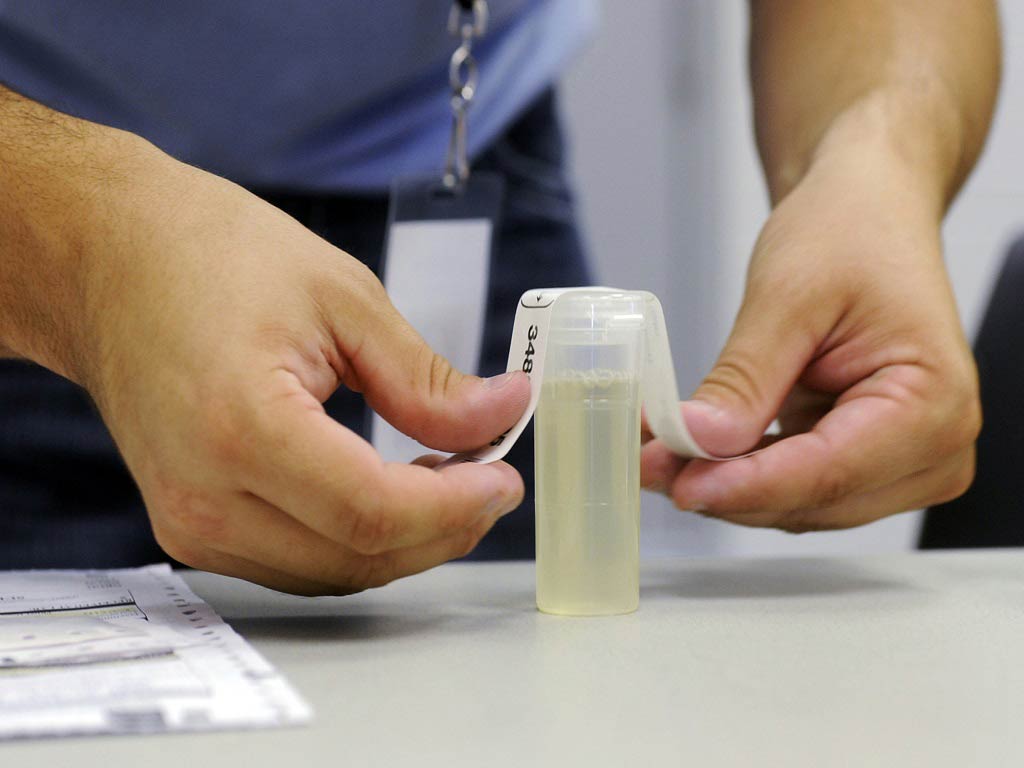
Key Features of a Good At-Home Drug Test
A good at-home drug test should be able to deliver reliable and accurate results. First and foremost, ease of use is an important feature. The kit should contain a step-by-step instruction for administering the test. This enables individuals to use the device correctly, minimising the risk of errors.
Moreover, security is also a crucial factor. A reliable device has tamper-evident packaging to protect the integrity of the test results. This prevents any tampering or contamination that could affect the accuracy of the test. Another key factor is the number of panels. Each panel constitute a specific drug being tested. The more panels a kit has, the more comprehensive the testing capability is. This allows for a broader range of detection, increasing the overall effectiveness of the test.
Additionally, an efficient drug and alcohol test kit should have an easy interpretation of results. Some may come with a colour chart indicator to compare the test reactions. Breathalysers, on the other hand, have digital screens or smartphone apps to display the results.
Best Feature
The best features of drug testing kits are convenience and functionality. They should be easily understandable and operated to obtain accurate results without the need for professional supervision. For urine and saliva drug tests, the sensitivity of the device to trace substances is crucial for reliable testing.
For breathalysers, the precision of the sensor technology is vital for the accuracy of alcohol breath testing. Professional-grade breathalysers use fuel cell sensors because they are specific to ethanol. It does not react with other substances like acetone or ketone, which may produce false positives. Furthermore, some devices enable downloading of BAC data for easy reporting.
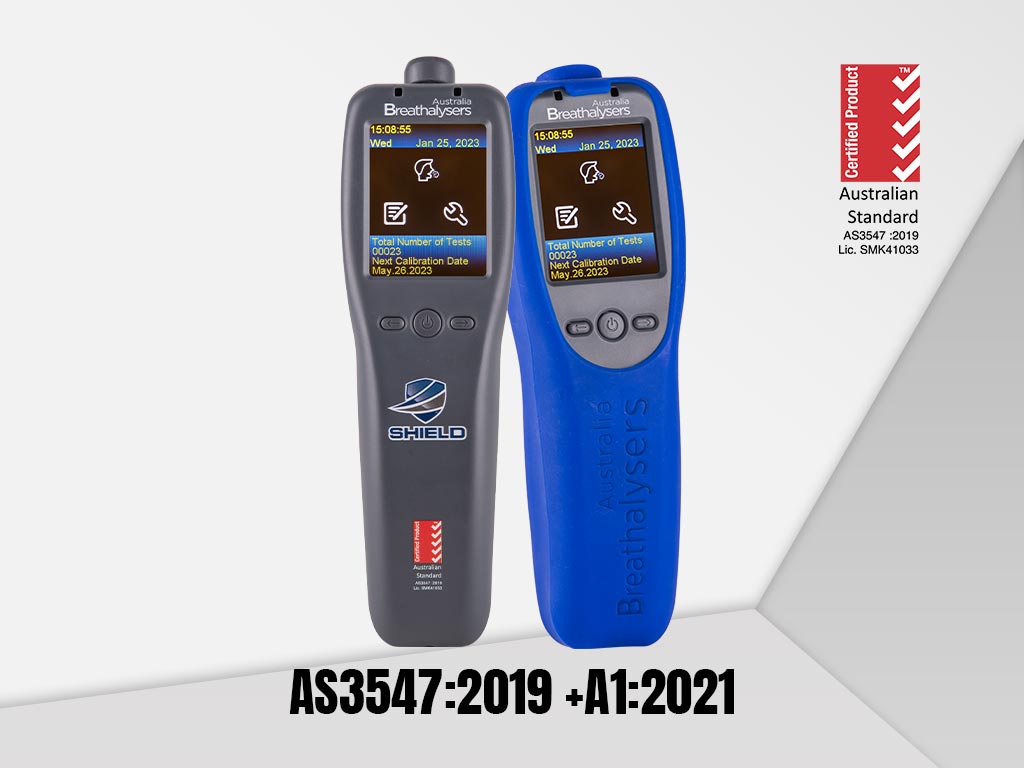
What to Consider When Buying an At-Home Drug Test Kit
There are several essential factors to consider when buying an at-home drug test kit. Firstly, it is crucial to look for an accurate and reliable device. Look for a kit with certification from regulatory bodies like the Australian Standards (AS). These accreditations ensure that the kit meets certain quality standards, such as cut-off levels, that are consistent throughout the industry.
Secondly, consider the testing method. Different procedures have varying detection windows and turnaround times. Thus, these factors play a significant role in the efficiency of the procedure. Also, look for a testing device that is user-friendly. It should include the necessary components for testing, such as collection cups and test strips.
Moreover, when buying a test kit, ensure a long shelf life so that it can be stored for an extended period without losing its effectiveness. This is vital in case the tests need to be conducted at a later date. Lastly, price is an important consideration for individuals. Fortunately, they come in various price ranges that fit within a specific budget. However, it is crucial not to compromise quality for the sake of saving money.
Summary
- Accuracy: It is vital to ensure the reliability or reputation of the testing device in delivering accurate results.
- Certification: AS-certified devices ensure the tests are compliant with regulatory standards, including the cut-off levels, degree of sensitivity, and chain of custody requirements.
- Detection window: The length of time in which it can trace substances, depending on the type of sample.
- Turnaround time: How fast the test kit or device returns the results. This is crucial for those who need quick results.
- Cost: Saliva and urine test kits are relatively less expensive than laboratory analysis. A breathalyser may be initially expensive but is cost-effective in long-term use.
Conclusion
An at-home drug test is an efficient and reliable way of screening for substance use. They are compact devices that individuals can use in the comfort of their homes. There are various types of test methods, such as urine, saliva, and breath testing. In addition, each option may utilise different techniques. For example, urine and saliva tests rely on immunoassay technology. On the other hand, a breathalyser utilises sensors to detect alcohol in the breath.
It is vital to remember that each test options offer advantages and limitations. Furthermore, they are generally less expensive than laboratory testing. These factors are essential in choosing a suitable method, depending on the testing need. Finally, individuals should note that these devices should not replace laboratory testing for diagnosis or treatment purposes. They are meant to provide preliminary information and should be followed up with professional testing and consultation if necessary.
























